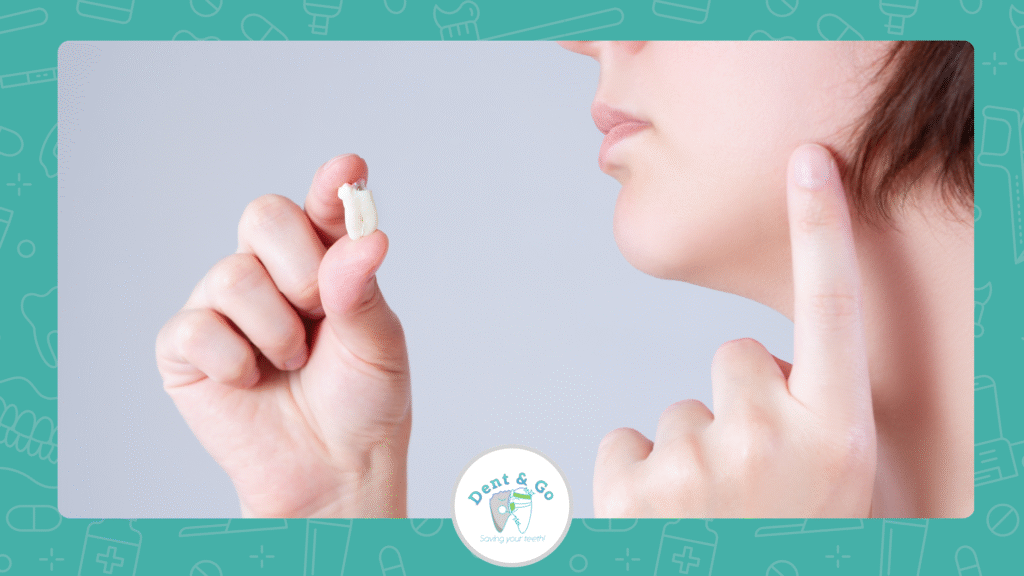Wisdom teeth are one of those things we don’t think much about, until they start causing problems. Whether you’ve already had yours removed, or you’re anxiously awaiting their appearance, understanding wisdom teeth can make a huge difference in how you care for them (and the rest of your mouth). Here’s a breakdown of the key facts about these mysterious molars, plus a tip at the end to help you keep them clean and healthy.
When Do Wisdom Teeth Erupt?
Wisdom teeth, or third molars, typically begin to emerge between the ages of 17 and 25. However, the exact timing can vary among individuals.
A study published in the International Journal of Legal Medicine found that the minimum age for complete eruption (stage D) was 15.6 years for females and 16.1 years for males. A study by BioMed Research International noted that the mean age for complete eruption was observed at 20.33 years, with variations between sexes.It’s important to note that not everyone develops wisdom teeth.
Why Do Wisdom Teeth Often Need to Be Removed?
Back in the day, our ancestors needed wisdom teeth to help chew tough, coarse foods like roots and raw meat. But as our diets have become softer and our jaws smaller, there’s often not enough room for these teeth to come in properly.
This lack of space can lead to:
- Impaction, where the tooth gets stuck under the gum or against another tooth
- Infection or gum inflammation
- Tooth crowding, which can undo years of orthodontic work
- Decay, especially since they’re hard to reach and clean
Do All Wisdom Teeth Need to Be Removed?
Not necessarily! If your wisdom teeth are coming in straight, have enough room, and aren’t causing any pain or infection, your dentist may recommend leaving them alone and monitoring them over time.
The National Institute for Health and Care Excellence (NICE) guidelines suggest that prophylactic (preventive) removal should be carefully considered, especially in cases without symptoms.
The key takeaway: everyone’s mouth is different. It’s always best to consult with your dentist or oral surgeon for advice tailored to your unique situation.
Caring for Wisdom Teeth & Why It’s Tricky
Whether your wisdom teeth are fully in or partially erupted, one thing is for sure: they can be hard to clean. Positioned at the back of the mouth, they’re not only awkward to reach but also often surrounded by flaps of gum tissue that trap food and bacteria. This makes them a breeding ground for plaque and decay.
The Simple Solution: Clean with a OneTuft Brush
Enter the hero of your oral care routine, the One-tuft brush. Unlike a regular toothbrush, a one-tuft (or single-tufted) brush has a small, pointed head designed specifically for detailed, precise cleaning. It’s ideal for reaching tricky spots, like around and behind wisdom teeth.
If you’re looking for a high-quality one, we recommend the Single Tufted Brush by Dent and Go. Its soft yet firm bristles make it perfect for sweeping away food debris and plaque from the hardest-to-reach corners of your mouth, without irritating your gums.
How to Use It
- Gently position the brush head behind the wisdom tooth
- Use small circular motions to dislodge plaque and food particles
- Angle it under the gumline if there’s a flap covering part of the tooth
- Repeat once a day, especially before bed
Think of it as a little detail-cleaning tool for your teeth, it only takes a minute or two but can save you from a world of dental discomfort later on.
Wisdom teeth can be unpredictable, but staying informed and proactive makes all the difference. Whether you’re keeping them or planning for extraction, proper oral hygiene is your best defence against future issues. Don’t forget: for that stubborn, hard-to-reach area, your Dent and Go OneTuft Brush might just be your new best friend.
Got questions about wisdom teeth or oral care tools? Drop them in the comments, we’d love to help!

